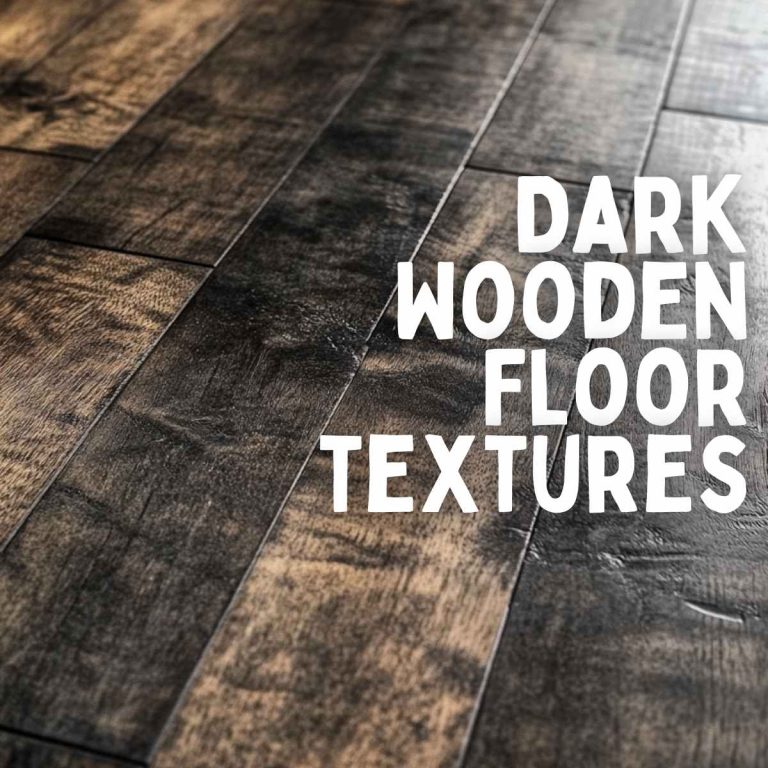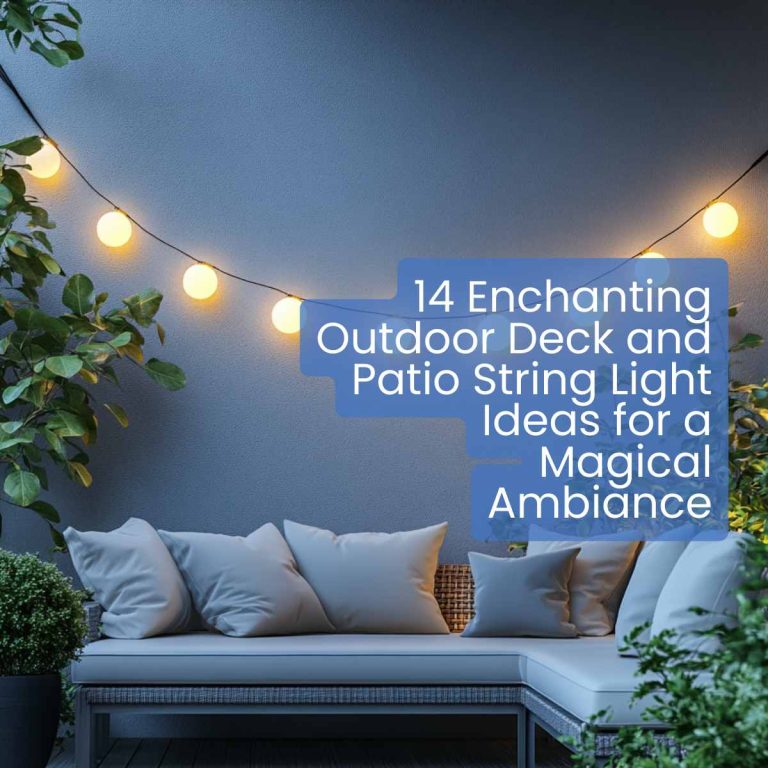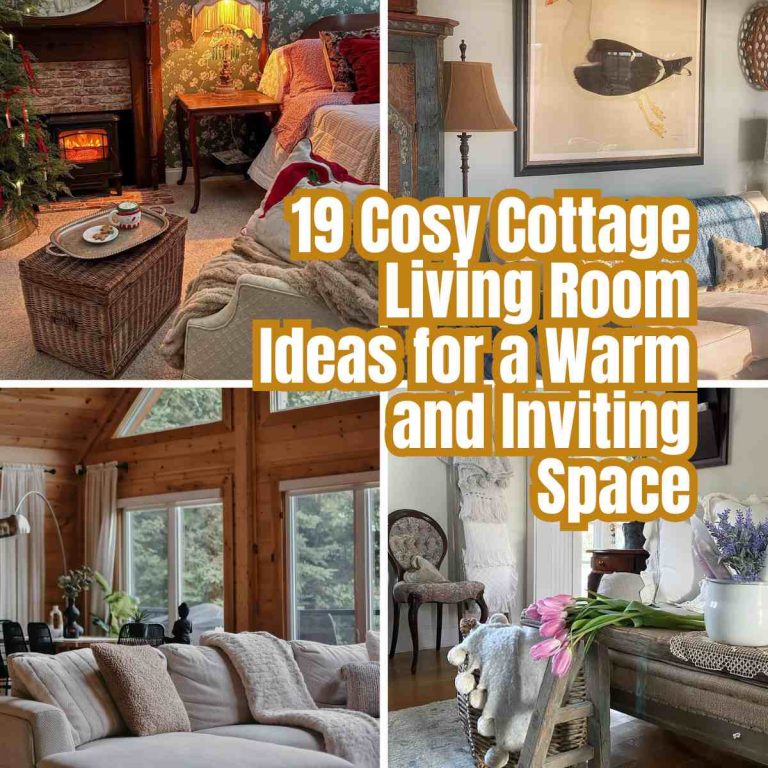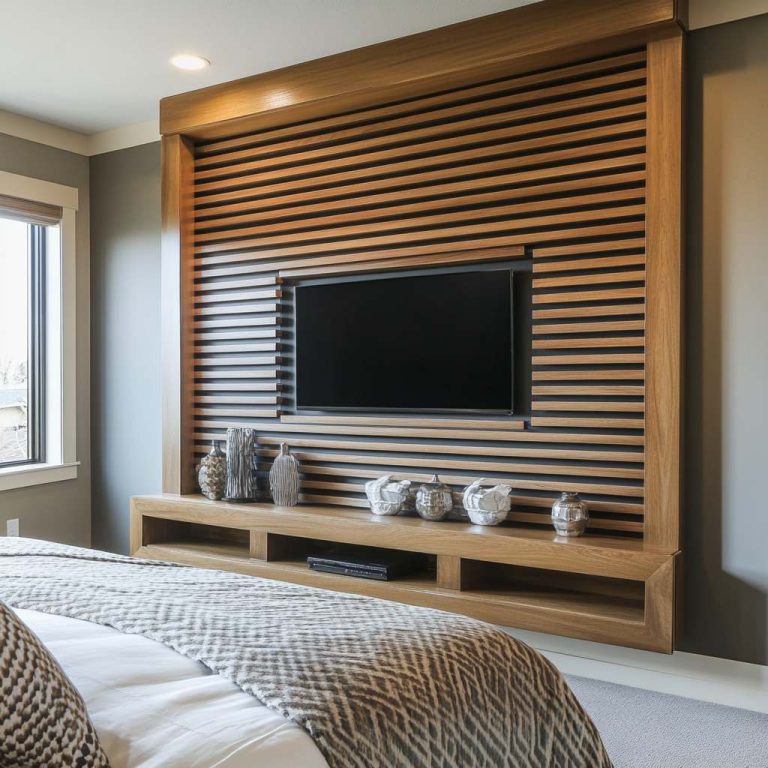Modern Living Room Designs: Elevate Your Space with Clean Lines, Sleek Elements, and Natural Accents
Modern living room design has evolved into a fine balance between simplicity, comfort, and intentional style. It focuses on creating open, airy spaces that highlight clean lines, minimal clutter, and a deliberate mix of natural and sleek materials. Rather than overwhelming the senses with ornate decor and excessive furnishings, modern design emphasizes a “less is more” philosophy, showcasing curated pieces that speak to both form and function.
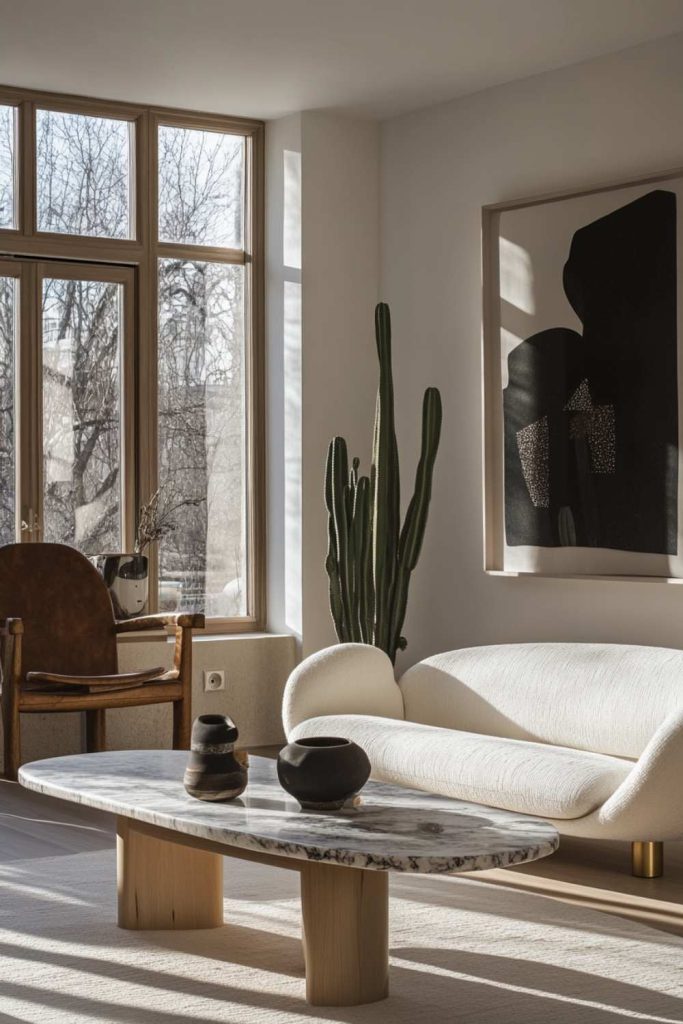
At the heart of a modern living room is a commitment to simplicity without sacrificing personality. Every element — from the choice of furniture to wall finishes — serves a clear purpose. There’s a distinct emphasis on structural clarity, neutral or strategic color palettes, textural richness, and the seamless integration of natural elements like sunlight, wood, and greenery. Spaces are meant to feel open yet cozy, sophisticated yet welcoming.
Key Principles of Modern Living Room Design
Emphasis on Clean Lines
One of the most defining features of modern living rooms is the emphasis on clean, unbroken lines. Sofas, coffee tables, shelving, and even architectural details such as door frames and built-in cabinets maintain straight, crisp edges without unnecessary adornment. This creates a visual sense of order and spaciousness that helps the mind relax. Furniture choices lean toward sleek, geometric forms, avoiding curves and flourishes unless used sparingly for contrast.
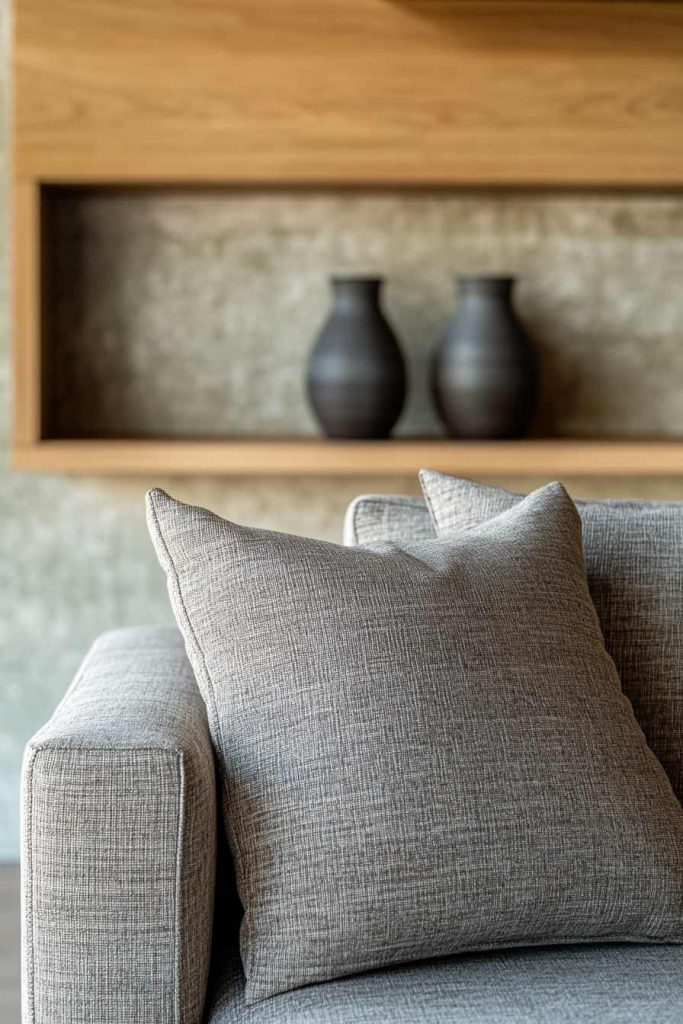
Prioritizing Minimal Clutter
Modern living rooms are intentionally minimalistic. Decorative items are used sparingly, and surfaces are kept free from the accumulation of everyday objects. Every item, from books to sculptures to throw pillows, is carefully chosen to contribute to the overall aesthetic rather than crowding the space. Smart storage solutions such as concealed cabinets, built-in shelves, and multifunctional furniture help maintain this clean, orderly atmosphere, allowing key design elements and the architecture of the room to shine.
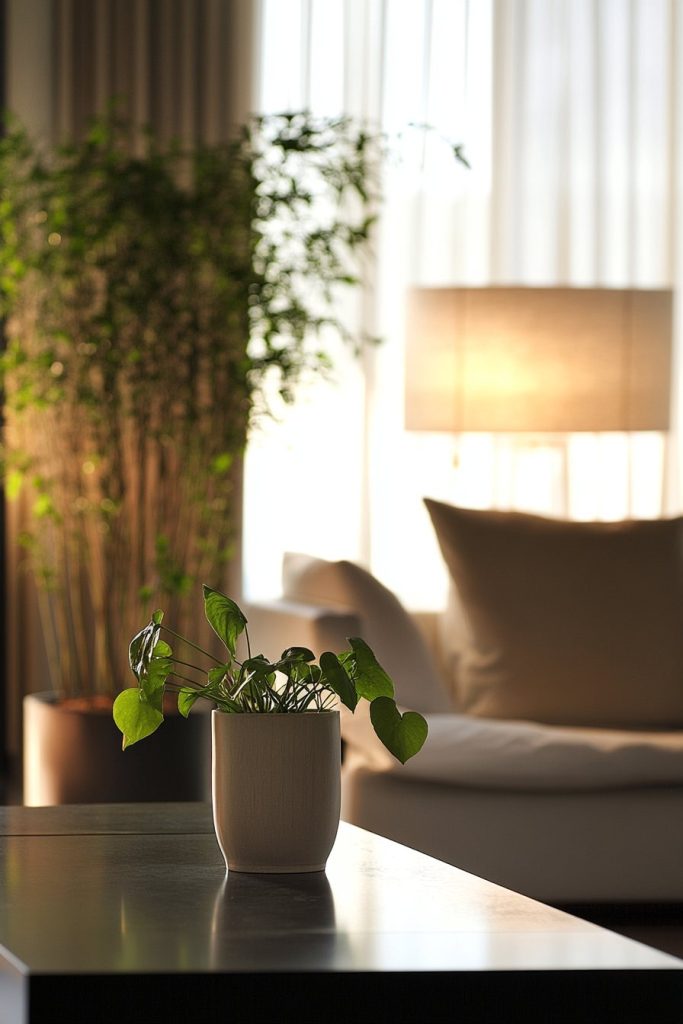
Functionality Meets Form
In modern living rooms, beauty and practicality are never mutually exclusive. Furniture and decor are not only attractive but also thoughtfully functional. A stunning marble coffee table might feature hidden drawers; an elegant sectional sofa may offer modular flexibility to adapt to different seating arrangements. Lighting solutions are designed to be adjustable, catering to both mood and task. Every element works together to create an environment where daily living feels effortless and stylish.
The Power of a Varying Color Palette
Neutral Foundations: Whites, Grays, and Beiges
Neutral color palettes form the bedrock of most modern living room designs. Soft whites, muted grays, and gentle beiges provide a calming, versatile backdrop that allows architectural features and carefully chosen furnishings to take center stage. These hues maximize the feeling of spaciousness and light, creating an open, airy ambiance that is both timeless and sophisticated. Layering different shades within a neutral palette can add depth and warmth without disrupting the serene atmosphere.
Pops of Color: Accent Walls and Accessories
While neutrals dominate, modern living rooms often feature strategic pops of color to create interest and energy. This could take the form of a vibrant accent wall in teal or charcoal, a bold piece of abstract art, or a collection of richly hued throw pillows. The key is moderation — using color purposefully to draw the eye and enliven the space without overwhelming the overall sense of balance and simplicity. Accent walls made of materials like lime plaster or painted cement can introduce color and texture simultaneously.
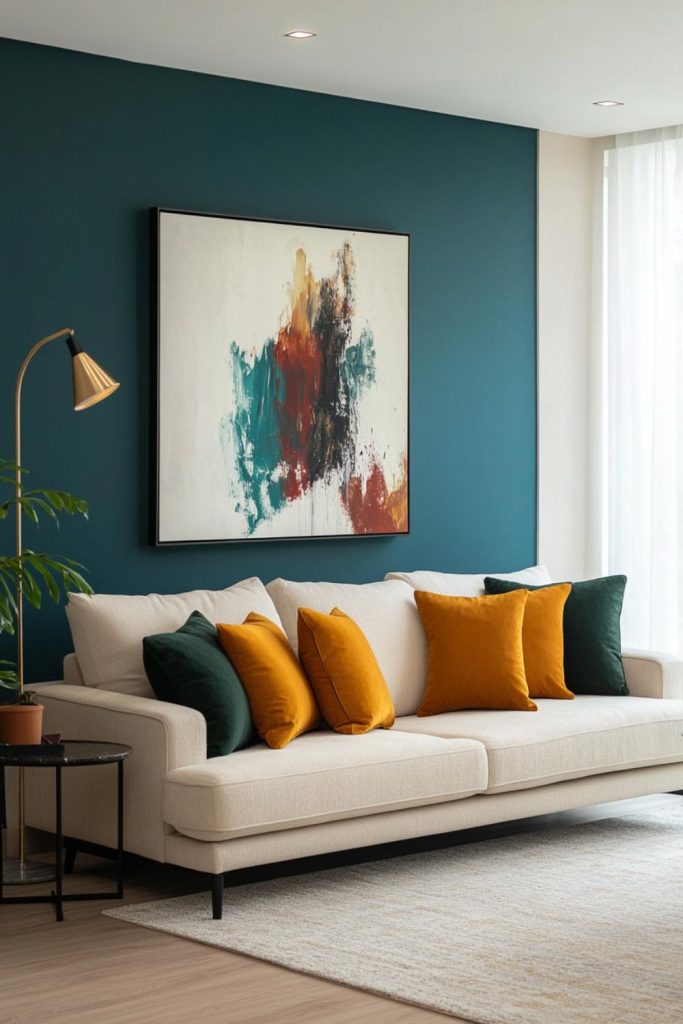
Monochromatic vs. Contrasting Color Schemes
Modern living rooms often embrace either monochromatic or contrasting color schemes to different effect. A monochromatic scheme — various tones of a single color — can create a soothing, cohesive look that feels effortlessly elegant. In contrast, using stark contrasts, such as pairing deep navy with crisp white or warm wood tones against cool gray walls, injects dynamic energy into the space. Both approaches, when executed thoughtfully, underscore the room’s modern ethos while allowing personalization.
Sleek, Sophisticated Furniture
Choosing Streamlined Sofas and Armchairs
Furniture in a modern living room is selected with a focus on clean profiles and minimal ornamentation. Sofas and armchairs often feature straight lines, slim legs, and tightly upholstered forms. Tufting, piping, or other traditional details are minimal or absent, replaced by simple seams and subtle curves that add comfort without visual noise. Choosing pieces that are proportional to the space ensures the room feels balanced and uncluttered.
The Importance of Low-Profile Designs
Low-profile furniture enhances the feeling of openness that is essential to modern design. Sofas that sit lower to the ground, coffee tables with slim profiles, and modular seating arrangements allow sightlines to remain unobstructed. This creates a sense of flow, allowing both light and conversation to move freely through the space. Low-profile designs also lend a more casual, relaxed feel that suits contemporary lifestyles.
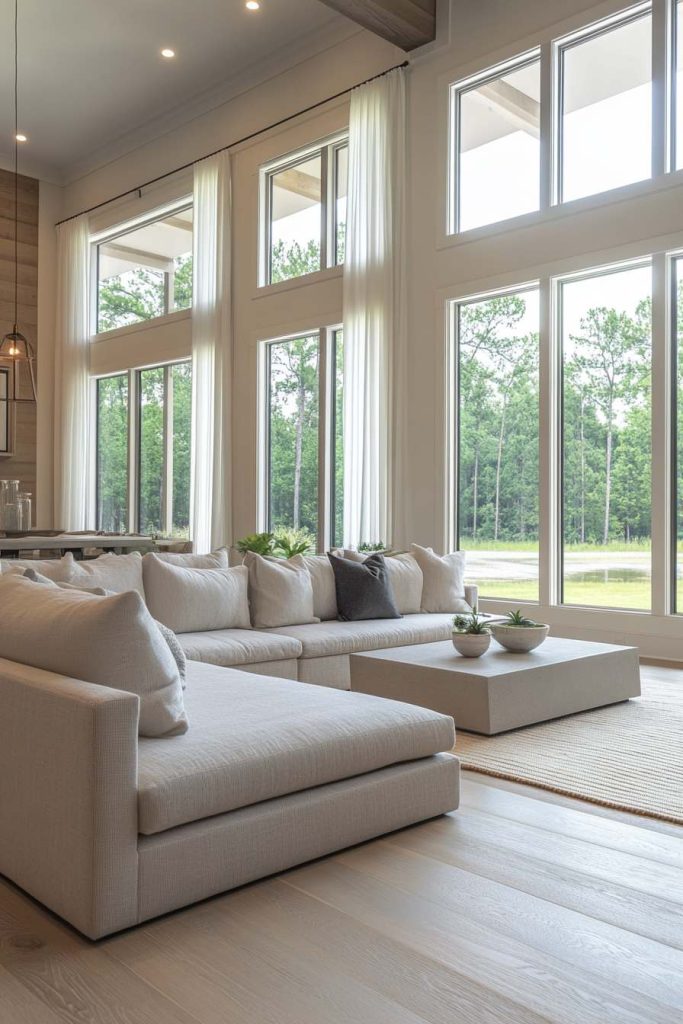
Blending Comfort with Aesthetic Precision
While aesthetics are critical, comfort cannot be compromised in a modern living room. Cushions are supportive but plush, upholstery fabrics are chosen for both durability and feel, and seating invites both conversation and relaxation. Balancing form and function means selecting pieces that not only look beautiful but also make the living room a truly livable space. The best modern designs achieve this harmony effortlessly.
Inviting Nature Indoors: Cacti and Greenery
Why Cacti Fit Perfectly in Modern Spaces
Cacti are a natural fit for modern living rooms thanks to their sculptural forms, minimal maintenance needs, and ability to thrive in sunny interiors. Their varied shapes — from tall, columnar species to compact, globular ones — offer visual interest without clutter. Placed in simple ceramic or concrete pots, cacti become living works of art that complement the clean lines and neutral palettes of modern spaces.
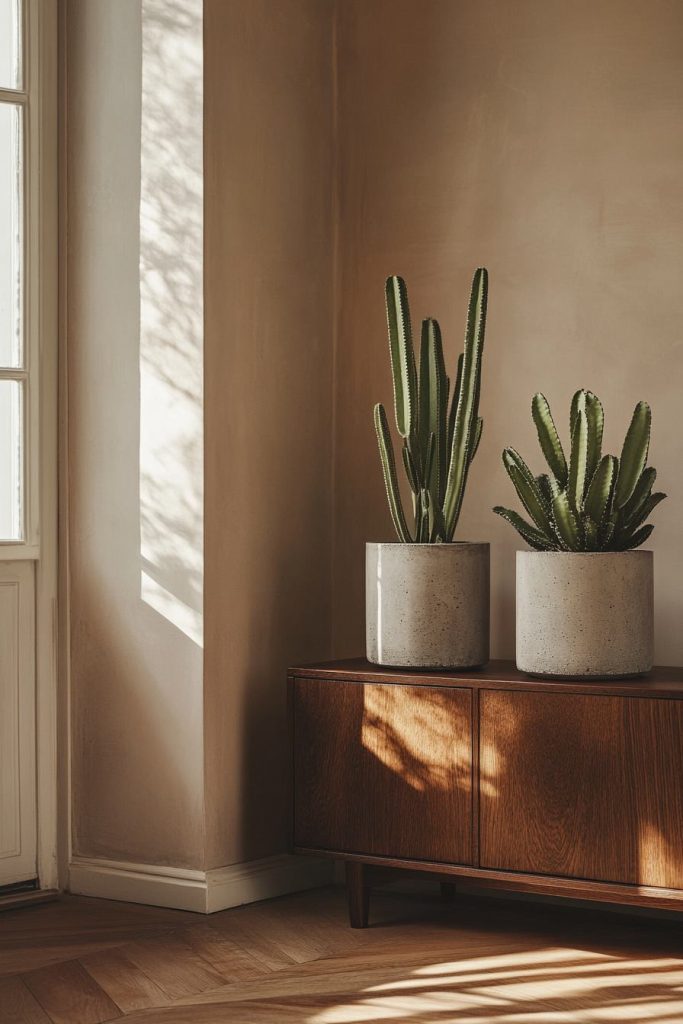
Other Minimalist Plant Options
Beyond cacti, other minimalist plant options such as snake plants, fiddle leaf figs, and monstera deliciosa bring a breath of fresh air into modern interiors. These plants share a common trait: strong, architectural shapes that contribute to the room’s design language. Choosing plants with bold forms and deep green hues adds vibrancy while maintaining the uncluttered ethos of the modern living room.
Styling Tips for Indoor Plants
When incorporating greenery, less is often more. Opt for a few larger plants rather than many small ones to avoid a cluttered appearance. Position plants strategically — in corners, next to accent chairs, or as focal points on minimalistic stands. Choose containers made from natural or industrial materials like terracotta, concrete, or rattan to harmonize with other elements of the room. Ensure that plants receive ample natural light, enhancing their vitality and reinforcing the connection between indoor and outdoor environments.
Harnessing Natural Light
Maximizing Sunlight Exposure
Natural light is a cornerstone of modern living room design. It enhances the feeling of openness, brings out the true colors and textures of materials, and fosters a healthier, more uplifting environment. Maximizing sunlight exposure starts with thoughtful window placement and size. Large, unadorned windows, sliding glass doors, and even skylights are ideal for flooding a living space with natural light. Arranging seating areas to face or be adjacent to windows allows residents and guests to bask in the warmth of the sun, making the room feel even more inviting.
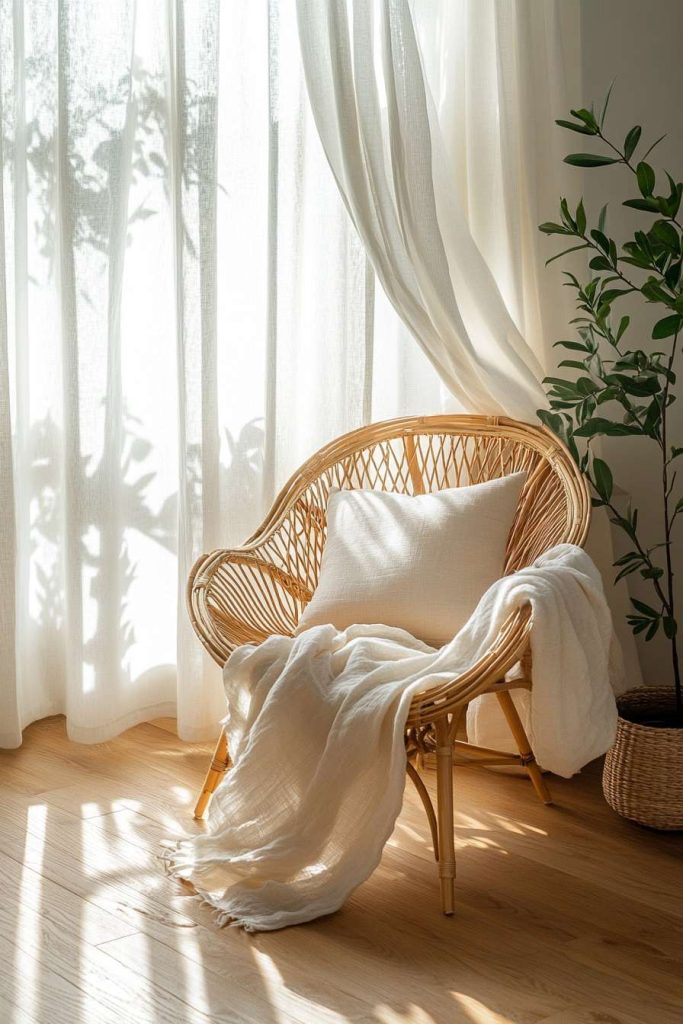
Window Treatments That Don’t Obstruct Light
Choosing the right window treatments is critical for letting light flow freely into the living room. Heavy, dark curtains can block precious sunlight and visually weigh down a space. Instead, sheer fabrics, linen drapes, or light-filtering blinds maintain privacy while allowing plenty of daylight to enter. Minimalist hardware, such as slim curtain rods or ceiling-mounted tracks, keeps the window area uncluttered. Roman shades and automated blinds can also offer flexibility, controlling brightness without sacrificing style.
Using Mirrors to Enhance Brightness
Mirrors are powerful tools in the modern designer’s arsenal when it comes to maximizing light. Strategically placing a large mirror across from a window can double the amount of sunlight in a room, creating a brighter, more expansive feel. Mirrors with minimalist frames — or even frameless designs — maintain the clean aesthetic, while mirror panels or mirrored furniture pieces subtly amplify the sense of openness. Combining mirrors with a neutral color palette further enhances their impact.
Spotlight on the Rattan Chair
The Appeal of Natural Textures
Modern design often leans into sleek surfaces and structured forms, but natural textures like rattan bring essential warmth and character to the space. Rattan, with its light, woven structure and organic appeal, creates a beautiful contrast against smooth walls, metal accents, and clean-lined furniture. It connects the indoors to nature, enhancing the relaxed yet sophisticated vibe of a modern living room. Rattan pieces also add an element of craftsmanship, celebrating the beauty of handwoven artistry within a contemporary context.
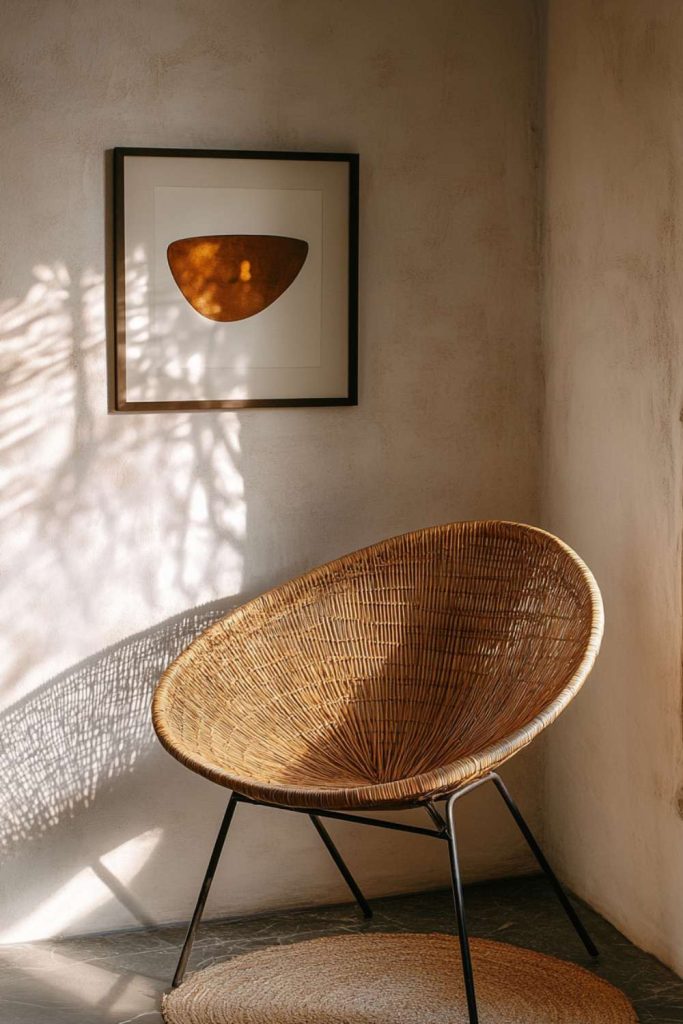
Best Styles of Rattan Chairs for Modern Spaces
Several styles of rattan chairs seamlessly blend into modern interiors. The classic mid-century modern rattan lounge chair, with its simple lines and ergonomic form, is a favorite choice. Papasan chairs, with their bowl-shaped seats, offer a casual, bohemian touch when used sparingly. Sleek rattan armchairs with metal frames provide a more urban, structured look that fits right in with minimalistic environments. Opting for chairs with neutral or muted cushion covers ensures the rattan remains the star of the piece without overpowering the room’s aesthetic.
How to Style a Rattan Chair Effectively
Positioning is key when styling a rattan chair. Placing it by a sunlit window enhances its naturalistic appeal. Adding a lightweight linen throw or a single textured cushion can introduce softness without detracting from the chair’s woven beauty. Pairing the rattan chair with a small side table made of reclaimed wood or marble creates a cohesive, earthy corner within the modern living room. It’s important to keep the surrounding decor minimal, allowing the natural craftsmanship of the rattan to take center stage.
The Warmth of Wooden Floors
Choosing the Right Wood Tone
Wooden flooring adds unmatched warmth and authenticity to a modern living room. Choosing the right tone is essential to achieving the desired mood. Light-toned woods such as white oak, ash, or maple brighten spaces and enhance the open, airy feeling so prized in modern design. Medium woods like hickory or walnut introduce a balanced richness, while darker woods such as mahogany or espresso-stained oak provide dramatic contrast and elegance. Selecting a tone that complements the wall colors and furniture ensures visual harmony throughout the space.
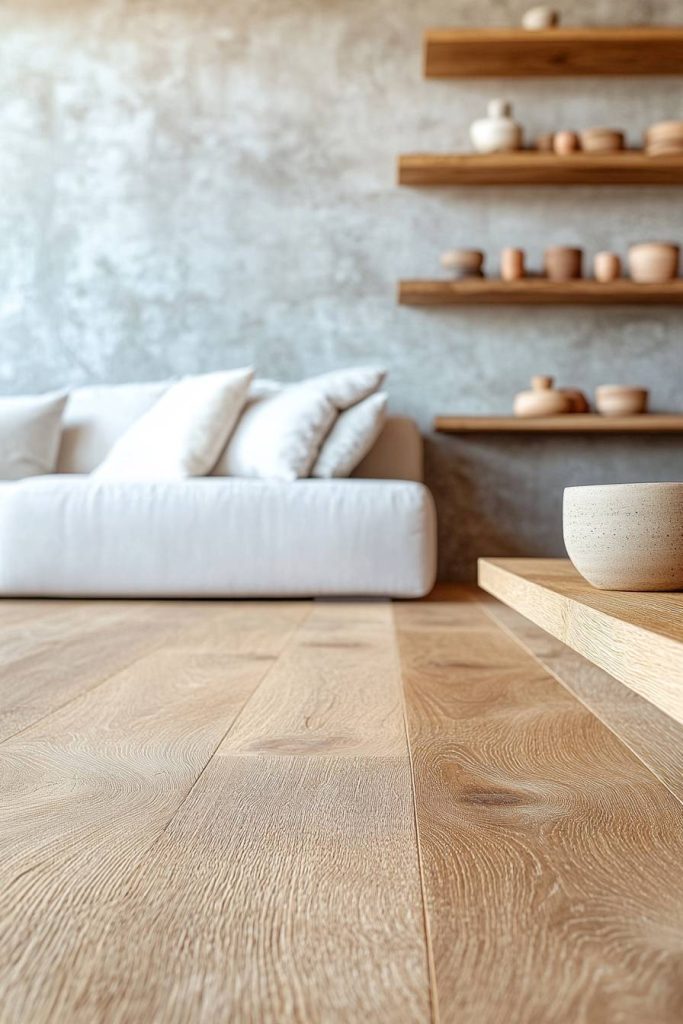
Floor Finishes: Matte vs. Gloss
The finish of the wooden floor significantly influences the overall look and feel of the room. Matte finishes offer a more natural, understated appearance, helping to emphasize texture and grain while reducing glare from natural light. This finish is ideal for creating a relaxed, organic atmosphere. Gloss finishes, on the other hand, introduce a touch of formality and luxury, reflecting light and making the space feel slightly more polished. Satin or semi-gloss finishes can provide a middle ground, balancing durability with a soft sheen.
Maintenance Tips for Wooden Floors
Maintaining the beauty of wooden floors requires consistent care. Using protective pads under furniture prevents scratches, while area rugs in high-traffic zones offer added protection and style. Regular sweeping or vacuuming removes dirt and debris that can dull the finish. Occasional deep cleaning with wood-specific products keeps the surface looking vibrant. Avoiding excessive moisture is crucial, as water can warp and stain wood over time. With proper care, wooden floors will continue to age gracefully, enhancing the living room’s character for decades.
Accent Walls: Bringing Personality to Modern Spaces
Cement Walls: Industrial Chic
Cement walls bring a raw, industrial edge to modern living rooms. Their subtle texture and neutral tone serve as an excellent backdrop for sleek furniture and vibrant artwork. Whether achieved through poured concrete, cement plaster, or textured paint, cement accent walls offer a perfect blend of urban sophistication and minimalistic strength. Pairing a cement wall with warm wood furniture and soft textiles balances its cool, hard appearance.
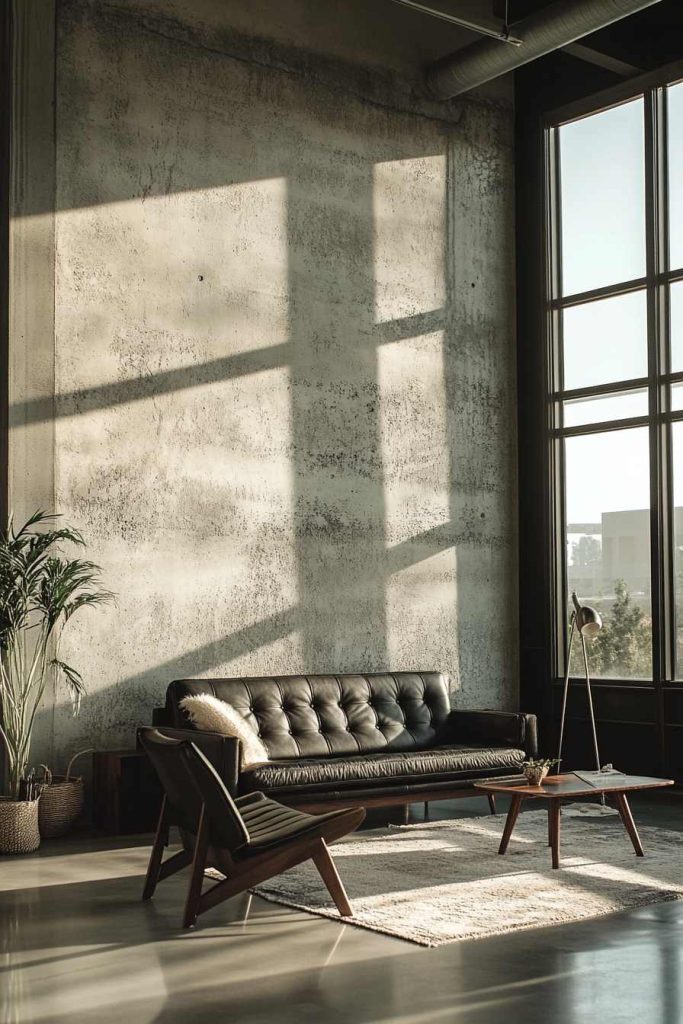
Lime Walls: Soft, Earthy Appeal
Lime plaster walls add a soft, almost velvety texture to living rooms, offering an earthy, artisanal feel that complements modern design beautifully. Their organic, slightly mottled finish adds depth and richness without overwhelming the space. Lime walls come in a variety of muted, nature-inspired shades, making them perfect for those seeking a subtler, more tactile way to introduce character into their living room.

Marble Walls: Elegant and Timeless
Marble accent walls are synonymous with luxury and timelessness. Their rich veining and glossy finish create a stunning focal point, elevating the entire room’s sophistication. In modern living rooms, marble is often used sparingly — a single feature wall or fireplace surround — to avoid overpowering the minimalist sensibility. White Carrara, dramatic Nero Marquina, or softer beige marbles all offer unique possibilities depending on the desired mood.
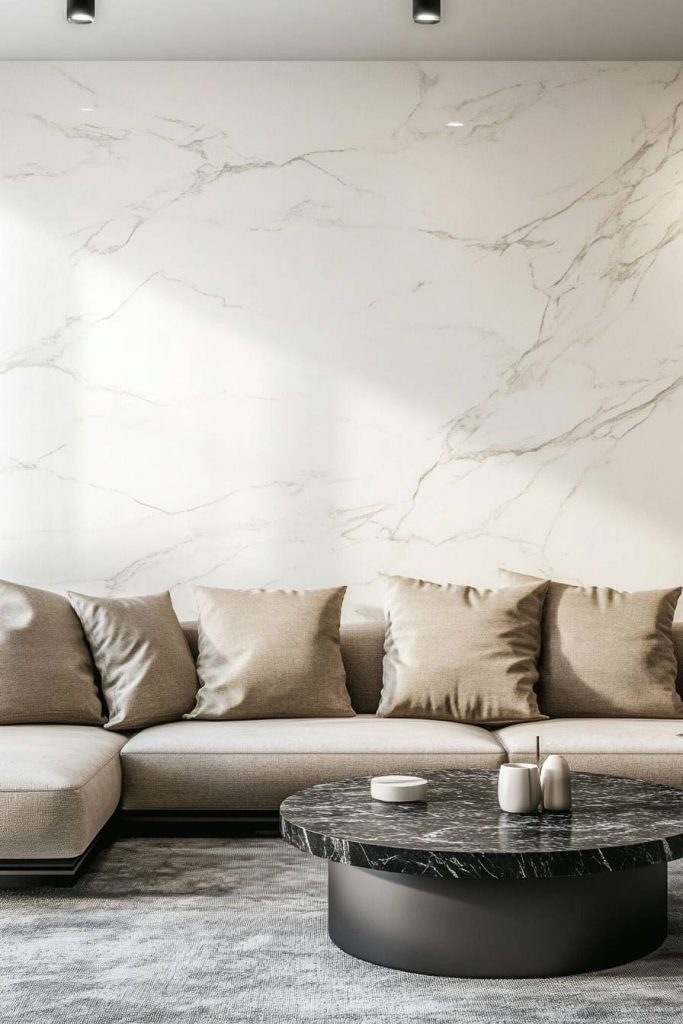
Wooden Walls: Cozy and Inviting
Wood-clad walls introduce instant warmth and intimacy to a modern living room. Whether using reclaimed barn wood, sleek walnut panels, or light oak slats, wooden walls create a tactile, grounding presence. Vertical or horizontal planking can emphasize the room’s dimensions, while natural finishes highlight the wood’s innate beauty. Combined with neutral furnishings and minimalist decor, wooden walls transform modern spaces into cozy sanctuaries without sacrificing style.
Open Space Planning
Integrating Living Rooms with Dining and Kitchen Areas
Open-concept layouts are a hallmark of modern design, blurring the lines between living, dining, and kitchen areas. This approach maximizes natural light, enhances social interaction, and promotes a sense of spaciousness. In a well-planned open space, sightlines remain clear, with consistent flooring and cohesive color schemes tying the different zones together. Visual continuity is key, allowing each area to maintain its identity while feeling like a part of a greater whole.

Creating Zones Without Building Walls
Defining different areas within an open-plan space can be achieved without erecting physical barriers. Area rugs help delineate the living room from adjacent spaces, while lighting — such as pendant lights over a dining table and floor lamps in a seating area — subtly signals different functions. Furniture arrangement also plays a crucial role: a strategically placed sofa can act as a divider, creating a cozy conversation area while leaving the overall layout open and fluid.
Strategic Furniture Placement
Thoughtful furniture placement enhances both aesthetics and functionality in a modern living room. Larger pieces like sofas and credenzas should be positioned to encourage natural traffic flow, while smaller items like side tables and poufs can provide flexibility without clutter. Floating furniture arrangements — where pieces are placed away from walls — create a sense of depth and airiness. Ensuring that there is adequate negative space around furniture maintains the clean, uncluttered ethos central to modern design.
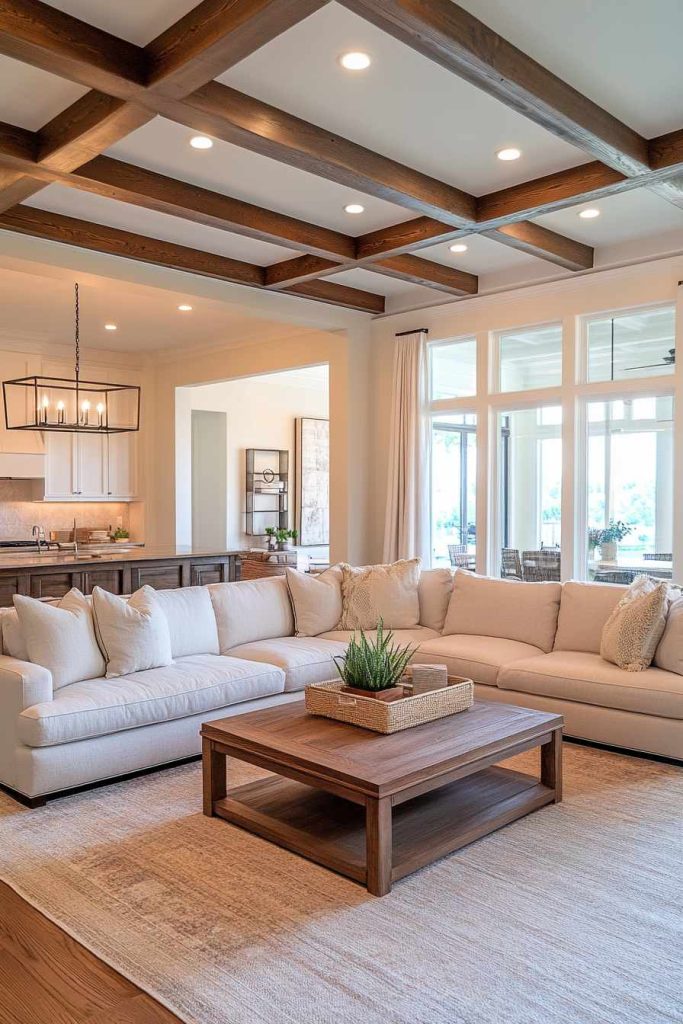
Modern Lighting Fixtures
Statement Pendant Lights
Lighting plays a crucial role in defining a modern living room’s atmosphere. Statement pendant lights, often bold in form yet minimal in detail, are a favorite choice for creating focal points without overwhelming the space. Sculptural designs featuring geometric shapes, matte black finishes, or brass accents provide visual interest overhead. Pendant lights are frequently positioned above coffee tables, reading nooks, or in entry points to the room, drawing the eye upward and adding vertical dimension to the overall design.

Recessed and Track Lighting
For a sleek, unobtrusive lighting option, recessed lights are the gold standard in modern interiors. Installed flush with the ceiling, these lights offer ample illumination without adding any physical clutter. Adjustable track lighting provides even more flexibility, allowing homeowners to direct beams exactly where needed — onto an accent wall, a favorite piece of art, or a reading corner. Both lighting styles enhance the feeling of openness and contribute to a clean, modern aesthetic.
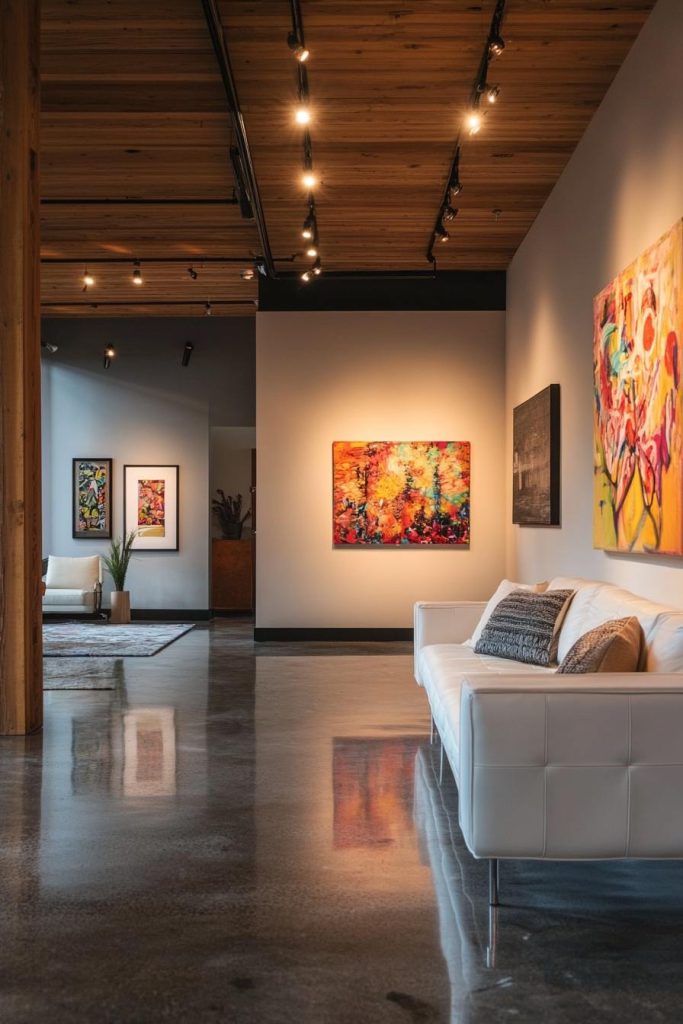
The Role of Floor and Table Lamps
While ceiling lights illuminate broadly, floor and table lamps create intimacy and depth within a living space. Modern lamps often feature slim profiles, simple materials such as metal or concrete, and neutral shades. Positioned thoughtfully beside seating areas or near architectural features, these lamps provide task lighting and enhance the layering of light, making the room feel both functional and inviting at different times of day.
Minimalist Decor Ideas
Art Pieces: Choosing Wisely
In a modern living room, art is not an afterthought but a deliberate expression of style and personality. Large-scale canvases with abstract designs, black-and-white photography, or monochromatic prints work particularly well in minimal spaces. The goal is to make a strong impact with a single piece or a tightly curated collection rather than filling every wall. Art should complement the room’s palette and architecture, serving as a conversation starter without dominating the environment.
Sculptures and Geometric Decor
Minimalist sculptures — often in materials like metal, stone, or wood — add a three-dimensional quality to modern interiors. Geometric decor pieces, such as faceted vases, angular candle holders, or cube-shaped shelving units, subtly reinforce the clean lines and structured look typical of modern design. These objects are best displayed in isolation or in small groupings to maintain visual clarity and prevent overcrowding.
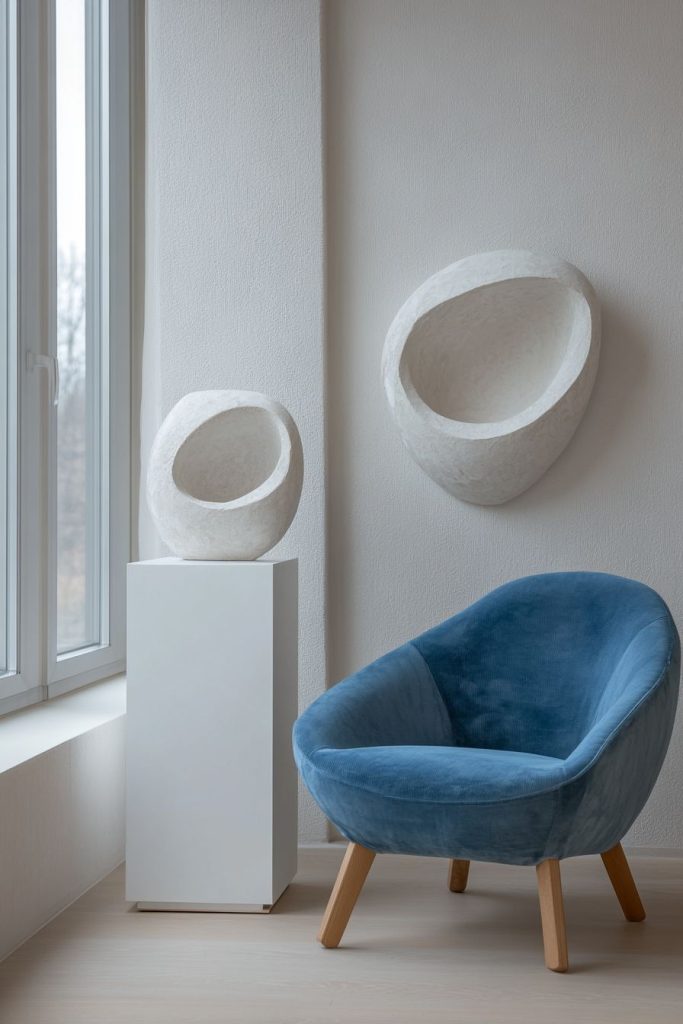
Rugs: Subtle Patterns and Natural Materials
Area rugs ground the living room and help define zones within open floor plans. In modern design, rugs tend toward subtlety: think soft textures, neutral colors, and understated patterns like herringbone, chevron, or minimal stripes. Natural materials such as wool, jute, or cotton enhance the organic feel of the space. Choosing a rug that spans generously under furniture not only anchors the room but also contributes to the feeling of expansiveness and cohesion.

Technology Integration in Modern Living Rooms
Smart Home Systems
Modern living rooms often incorporate technology seamlessly into the design. Smart home systems — controlling everything from lighting and temperature to music and window treatments — allow for streamlined, intuitive living. Wall-mounted tablets, voice-controlled hubs, and app-based systems provide convenience without the visual clutter of switches, wires, or multiple remote controls. Integrating technology discreetly ensures that it enhances rather than detracts from the room’s minimalist appeal.
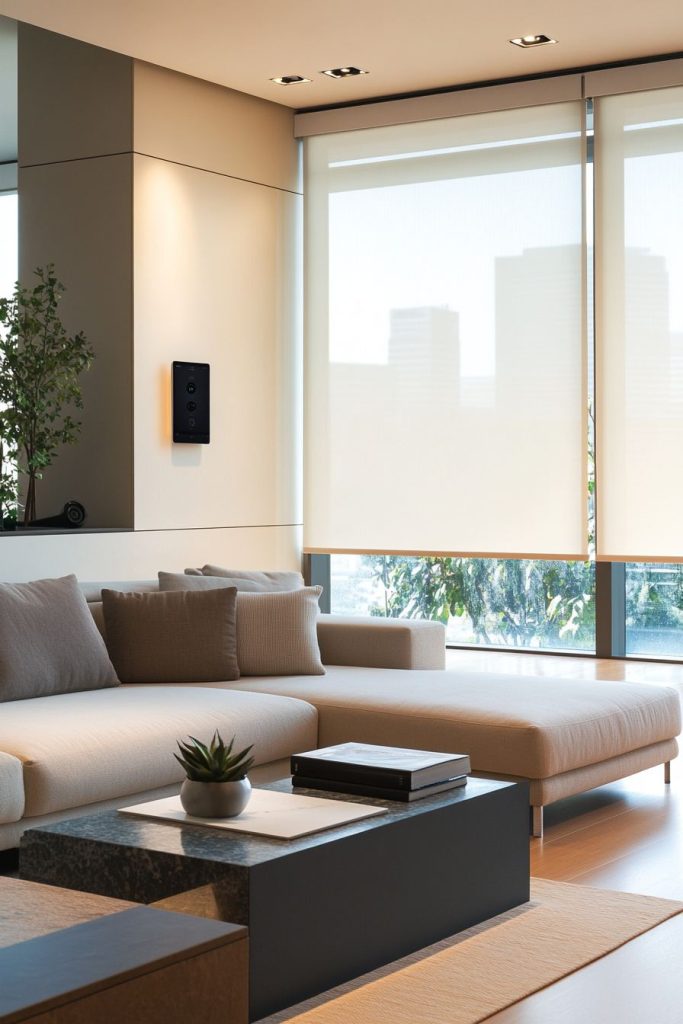
Hidden Entertainment Centers
Entertainment elements, such as televisions and speakers, are essential yet challenging components in modern living rooms. To maintain a clean aesthetic, many designs now incorporate hidden or retractable entertainment centers. Flat-screen TVs can be recessed into walls, concealed behind sliding panels, or even disguised as art pieces when not in use. Wireless sound systems eliminate the need for bulky equipment, allowing music and media to flow effortlessly without compromising style.
Wireless and Clutter-Free Solutions
One of the biggest advancements in modern living room design is the shift toward wireless technology. Charging stations, speakers, lighting, and even security systems can now operate without visible cords, freeing up surfaces and maintaining clean lines. Investing in cordless options and smart layouts for routers and other essentials ensures that technology serves the space without intruding on its aesthetic harmony.
Textures and Materials: Adding Depth to Simplicity
Balancing Hard and Soft Surfaces
Modern living rooms often rely on a thoughtful balance of hard and soft surfaces to create visual and tactile richness. Hard materials like concrete, metal, and glass provide structure and sleekness, while soft elements such as upholstered furniture, plush throws, and textured rugs introduce comfort and warmth. The interplay between these materials prevents the space from feeling cold or sterile, creating a dynamic yet harmonious environment that invites both admiration and relaxation.
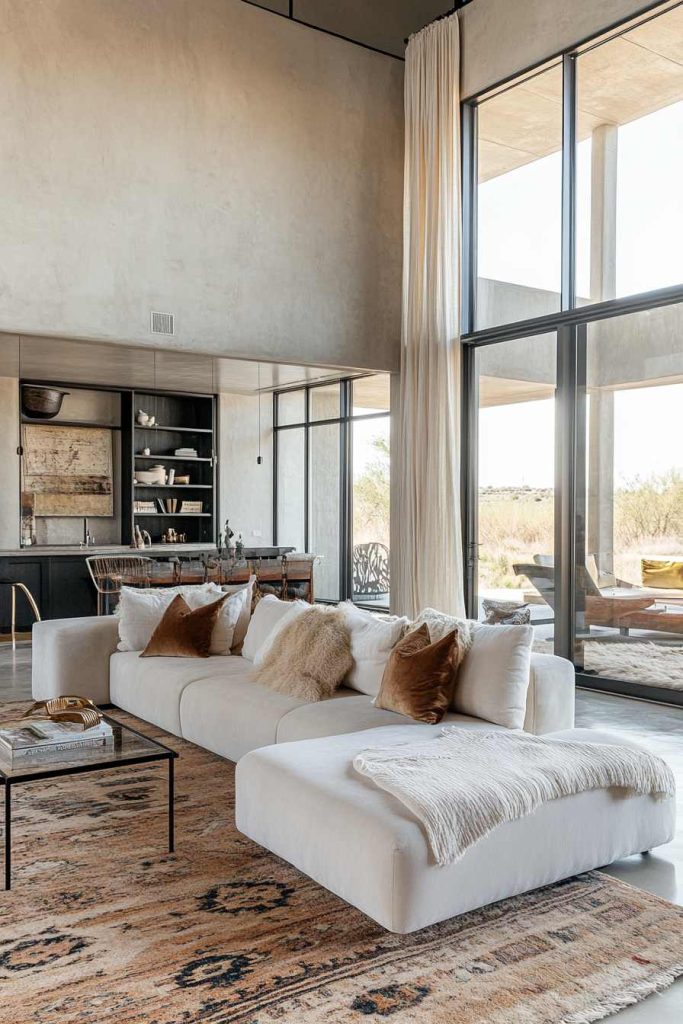
Layering Different Textures
Layering is essential for adding depth to a minimalist space. Even within a restrained color palette, varying textures — such as a linen sofa, a woven rattan chair, a smooth marble coffee table, and a thick wool rug — bring life and character to the living room. Introducing subtle contrasts like matte versus glossy finishes or rough natural fibers against sleek metal surfaces helps maintain interest without overwhelming the minimalist design principles. This careful layering makes the space visually engaging and tactilely inviting.
Avoiding Visual Overload
While texture is crucial, restraint remains key in modern living room design. Overloading the space with too many competing textures can lead to visual clutter, undermining the goal of simplicity and clarity. Focusing on two or three dominant textures and ensuring they harmonize with each other helps maintain a cohesive, elegant feel. Thoughtfully editing decor items, materials, and fabrics ensures that every element contributes meaningfully to the overall design story.
Case Studies: Real-World Examples
A Compact City Apartment
In a bustling city where square footage is at a premium, a compact living room can still embody modern luxury. By maximizing vertical space with tall shelving units, using neutral tones to expand visual boundaries, and selecting multi-functional furniture like ottomans with hidden storage, even the smallest rooms can feel open and organized. Large windows left mostly bare allow natural light to flood the space, while a single bold artwork adds personality without clutter.
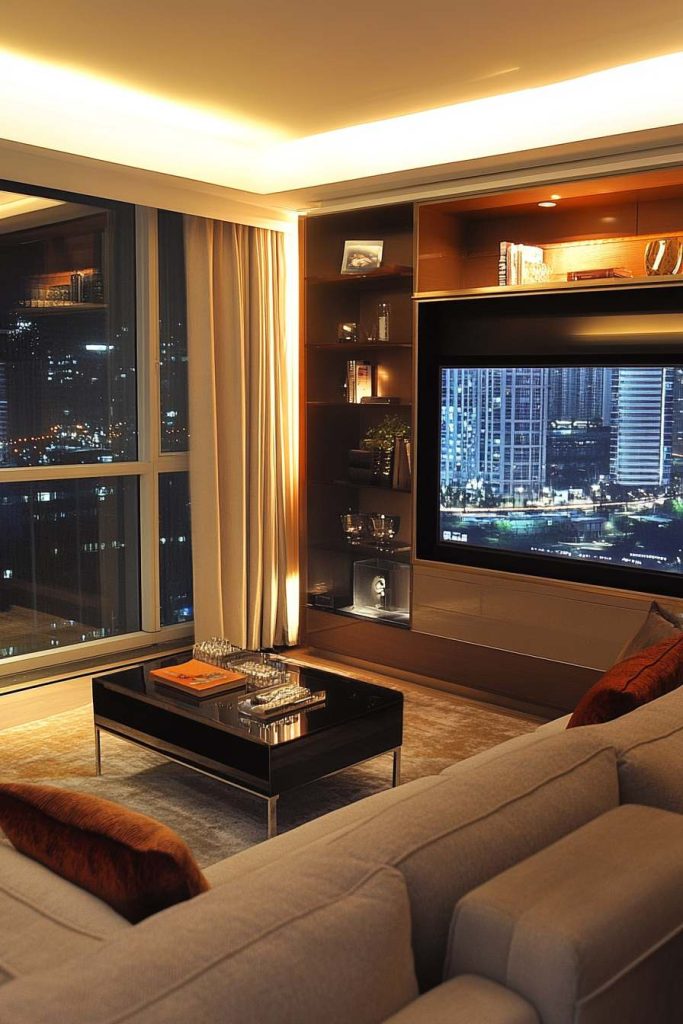
A Sunlit Suburban Home
A suburban living room benefits from abundant space and natural light, making it ideal for embracing modern principles. Open-concept layouts connect living, dining, and kitchen areas, while wide-plank wooden floors and soft gray walls create a seamless flow. A mix of low-profile furniture, minimalist decor, and a few statement pieces — such as a rattan reading chair or a marble-topped coffee table — ensure that the space feels sophisticated yet relaxed. Indoor plants placed strategically near windows bring a refreshing touch of greenery indoors.
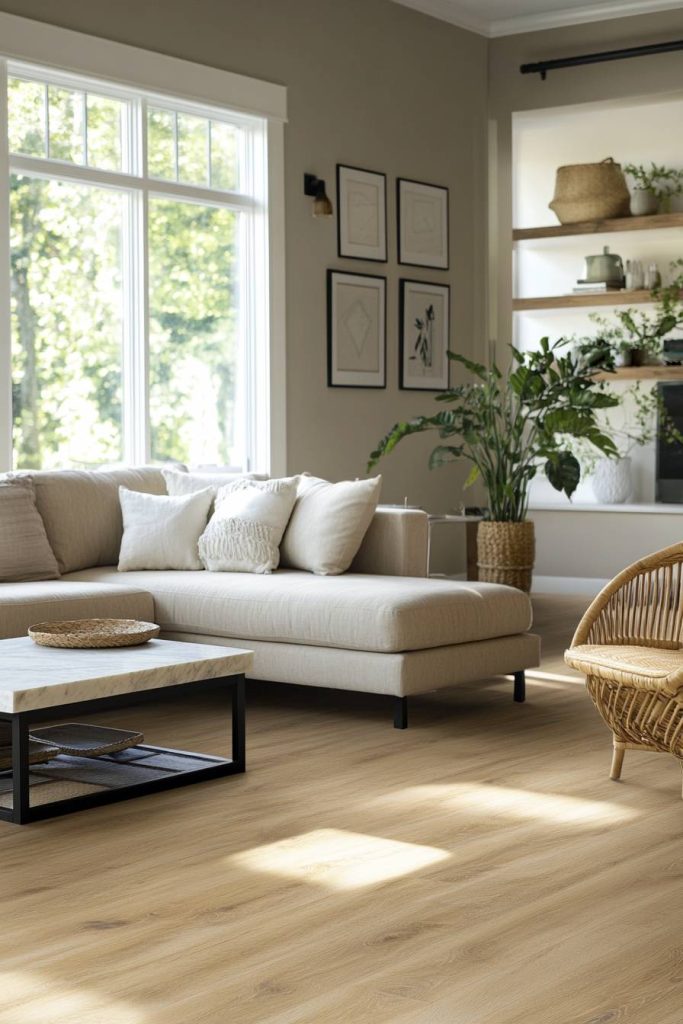
A Coastal Modern Retreat
In a coastal setting, modern design effortlessly melds with nature. Living rooms often feature large glass doors that open onto patios or balconies, blurring the line between indoors and outdoors. Light wood tones, sandy neutrals, and ocean-inspired blues create a palette that reflects the surroundings. Minimalist sectional sofas and woven jute rugs keep the design grounded and unfussy, while elements like limewashed walls and breezy linen curtains enhance the relaxed, coastal atmosphere.
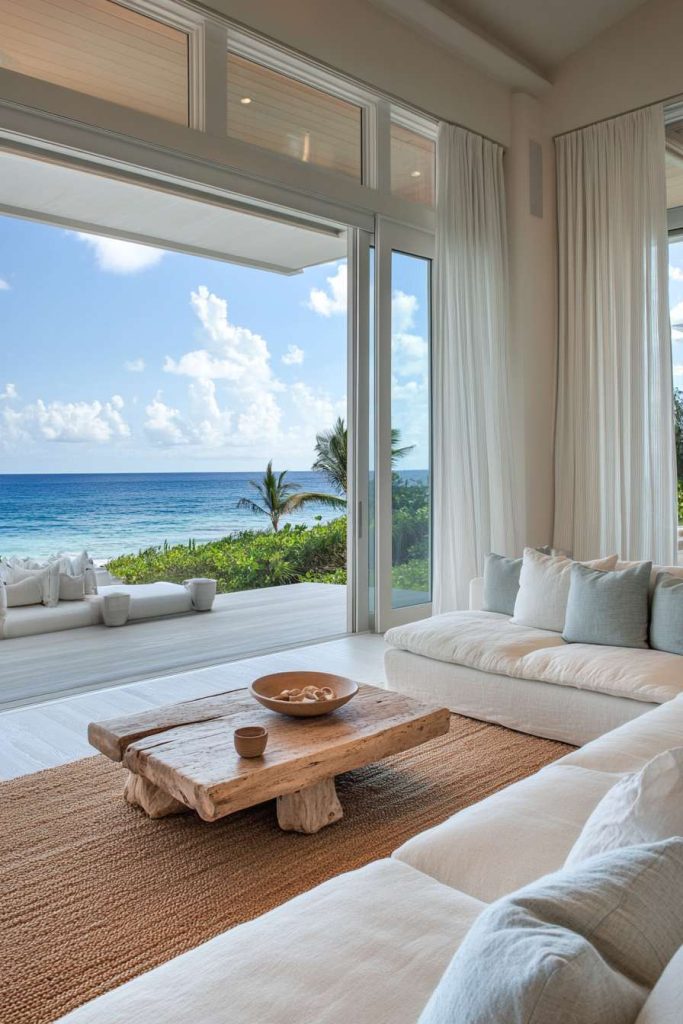
Common Mistakes to Avoid
Overfilling the Space
One of the most frequent mistakes when designing a modern living room is overfilling it with furniture and decor. In a quest to create a cozy environment, it’s easy to add too many chairs, tables, or accessories, which can quickly disrupt the open, airy feel that defines modern design. Less is often more — a few well-chosen pieces have greater impact than a crowded collection of furnishings.
Ignoring Lighting and Sunlight
Lighting is just as important as furniture and layout in a modern living room. Overlooking the importance of natural and layered artificial lighting can result in a flat, uninspiring space. Relying solely on overhead lighting or neglecting to consider how sunlight enters the room throughout the day can leave the living room feeling dim or harsh. Thoughtful placement of lighting fixtures and maximizing natural light ensures the room remains vibrant and inviting.
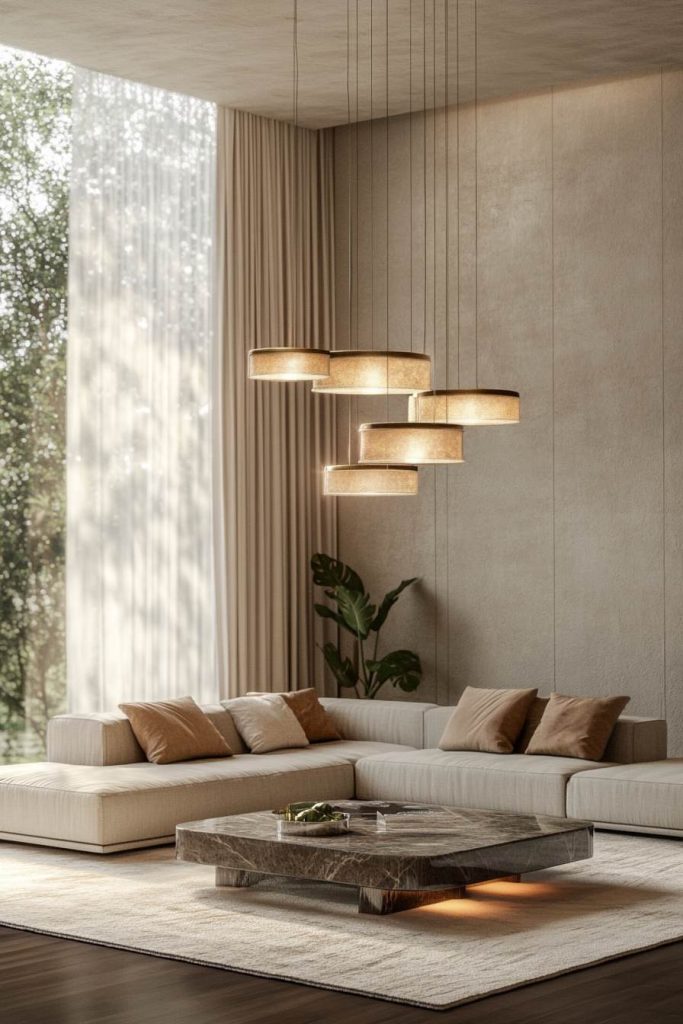
Choosing Form Over Comfort
While aesthetics are critical, comfort should never be sacrificed. A sleek, stylish chair is of little use if it’s uncomfortable to sit in, and a stunning sofa loses its appeal if it’s not cozy for lounging. Prioritizing ergonomically sound furniture and quality materials ensures that the living room remains functional and livable, supporting a lifestyle that values both beauty and ease.
Future Trends in Modern Living Room Designs
Biophilic Design Integration
Biophilic design, which seeks to connect interiors more closely with nature, is becoming increasingly prominent in modern living rooms. This trend goes beyond simply adding houseplants. It encompasses architectural choices like incorporating indoor gardens, green walls, natural water features, and expansive windows framing outdoor views. Materials such as reclaimed wood, organic textiles, and stone are used to reinforce this bond with the natural world. The result is a living room that promotes wellbeing, relaxation, and a deeper connection to the environment.
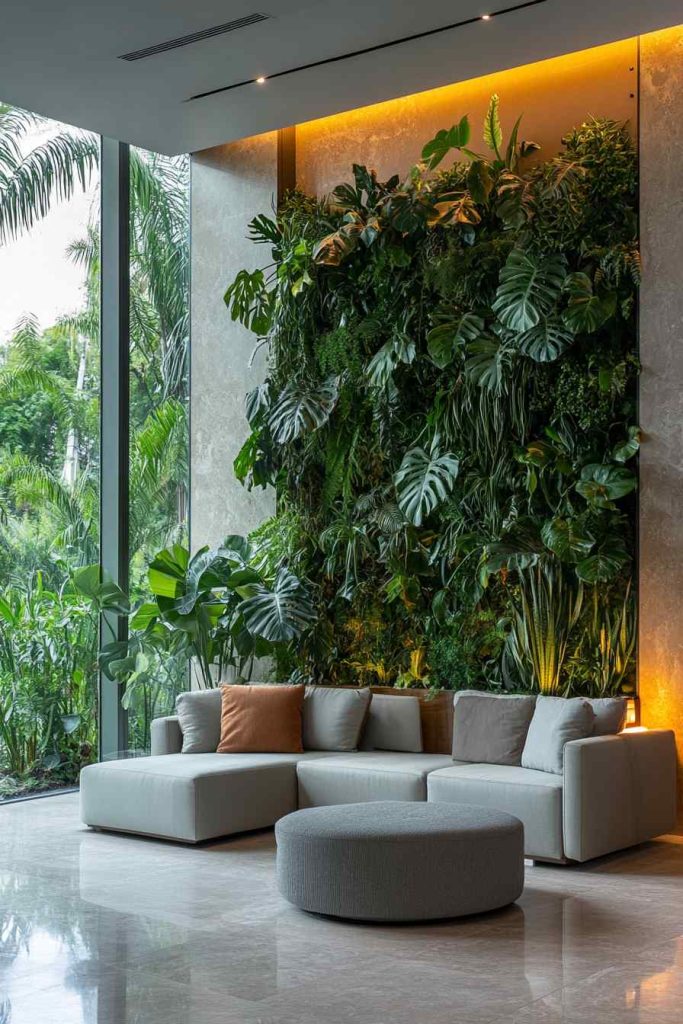
Eco-Friendly Materials
Sustainability is no longer a niche consideration but a central tenet of forward-thinking design. Modern living rooms are increasingly outfitted with eco-friendly materials — recycled woods, low-VOC paints, organic fabrics, and energy-efficient lighting systems. Furniture crafted from sustainably sourced materials and textiles like organic cotton, hemp, or recycled fibers are now sought-after. Designing with sustainability in mind ensures that beauty and responsibility coexist harmoniously.
Modular, Flexible Living Spaces
Flexibility is the future of modern living room design. Modular furniture pieces that can be rearranged, expanded, or downsized to suit changing needs are becoming essential. As homes increasingly serve multiple functions — work, school, exercise, and relaxation — adaptable living rooms help meet evolving lifestyles. Sectional sofas with moveable components, collapsible tables, and multi-use ottomans offer dynamic solutions for those who need their spaces to do more than ever before.
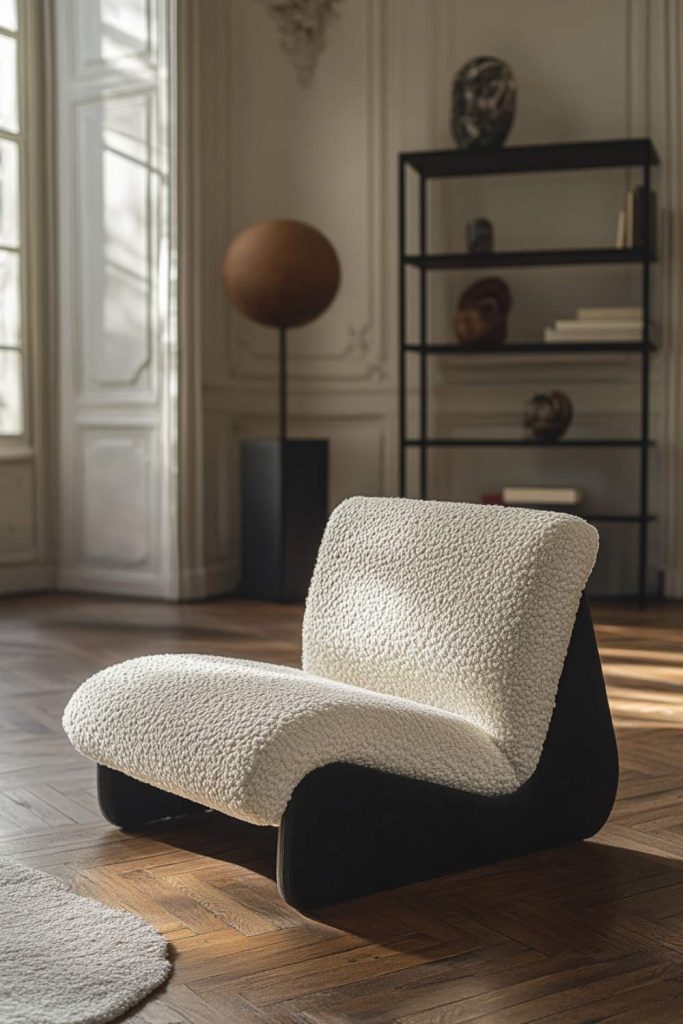
Conclusion
Modern living room design is an ongoing dialogue between form, function, and feeling. It is a celebration of clean lines, curated furnishings, natural materials, and thoughtfully layered textures — all working together to create environments that feel both luxurious and livable.
By embracing simplicity without sacrificing personality, integrating nature indoors, and using light as a key design element, homeowners can craft spaces that nourish the soul and elevate daily living.
Whether you’re starting fresh or planning a stylish refresh, adopting modern principles offers not just a look, but a lifestyle — one that prizes comfort, beauty, and clarity in equal measure.
At its best, a modern living room is more than a space; it is a sanctuary designed for the way we live today and into the future.
FAQ Section
What defines a modern living room?
A modern living room is characterized by clean lines, minimalistic decor, functional furnishings, and an emphasis on natural light and open space. Neutral color palettes, natural materials, and sleek, streamlined designs are key elements.
How can I add color without cluttering a modern design?
Incorporate color through accent pieces like cushions, artwork, and a single feature wall. Keeping the majority of the palette neutral allows pops of color to feel intentional and dynamic without overwhelming the space.
Are cacti the best choice for modern living rooms?
Cacti are an excellent choice due to their sculptural form and low-maintenance nature. However, other minimalist plants like snake plants, rubber trees, and fiddle leaf figs also complement modern interiors beautifully.
How do I choose between cement, lime, marble, or wood accent walls?
Consider the mood you wish to create: cement for an industrial vibe, lime for earthy softness, marble for elegance and luxury, and wood for warmth and coziness. Choose a material that harmonizes with your furniture and overall aesthetic.
How do I maintain minimalism with kids or pets?
Opt for durable, easy-to-clean materials and invest in hidden storage solutions. Keep decor to a minimum and choose sturdy furniture that can withstand daily wear while still adhering to clean, modern lines.

